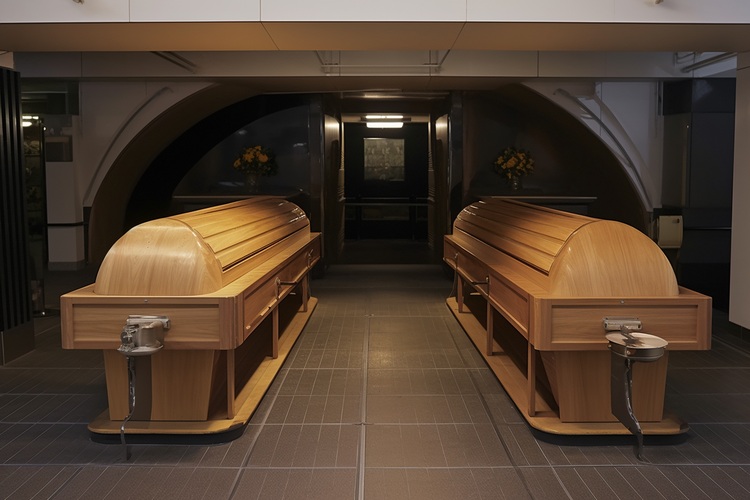COMPLETE CREMATION PROCESS EXPLAINED 2025 UK GUIDE
Did you know cremation involves complex, respectful steps from body preparation to legal paperwork and careful ash handling? Understanding these important details can help you navigate or plan this important process with confidence, dignity, and care.

Understanding the Cremation Process
The cremation process begins with the legal verification of death and ends with the return of ashes to the family. In the UK, this process typically takes between 7-14 days from death to completion, depending on various factors including coroner requirements and crematorium availability. The entire procedure is governed by the Cremation Act 1902 and subsequent regulations, ensuring consistent standards across all UK crematoria.
During this time, the deceased is cared for with dignity while necessary paperwork is completed and arrangements are finalised. Families can expect regular communication from funeral directors who coordinate between medical professionals, registrars, and crematorium staff to ensure smooth progression through each stage.
Legal Requirements and Authorization for Cremation
Before cremation can proceed, specific legal documentation must be obtained and verified. The death must first be registered with the local registrar, who issues a death certificate and burial or cremation certificate. For cremation, additional forms are required including medical certificates from two independent doctors confirming the cause of death and that no further examination is necessary.
Form 4 (Application for Cremation) must be completed by the applicant, typically a relative or funeral director. Form 5 is completed by the deceased’s usual doctor, while Form 6 requires completion by an independent medical practitioner. These forms ensure thorough verification of identity and cause of death. In cases requiring coroner involvement, alternative documentation may be issued directly by the coroner’s office.
The crematorium registrar reviews all documentation before authorising cremation. This verification process typically takes 24-48 hours once all forms are submitted correctly, though delays can occur if additional medical information is required.
Handling and Preparing the Body for Cremation
Body preparation for cremation involves several careful steps to ensure dignity and safety throughout the process. Initially, the deceased is transported to funeral home facilities where identification verification occurs using tags that remain with the body throughout the entire process.
Preparation includes washing and dressing the deceased according to family wishes, though clothing choices may be restricted to natural fibres for environmental reasons. Any medical devices containing batteries or materials that could cause hazardous emissions are carefully removed by qualified technicians. Pacemakers and similar devices require special handling due to explosion risks during cremation.
The body is then placed in an appropriate coffin or casket, which must meet specific construction standards. UK regulations require coffins to be made from combustible materials without metal handles or excessive metal fittings. A nameplate identifying the deceased is securely attached to ensure continuous identification throughout the process.
Details of the Cremation Procedure
The actual cremation takes place in a specially designed cremator operating at temperatures between 800-1000°C. Before cremation begins, final identification checks are performed by crematorium staff, and the coffin is placed into the cremator chamber. Modern UK crematoria use computerised systems to monitor temperature and ensure complete combustion while minimising environmental impact.
The cremation process typically takes 60-90 minutes depending on various factors including body size and coffin materials. Throughout this time, strict procedures ensure that only one body is cremated at a time, and comprehensive tracking systems prevent any possibility of mixing remains.
Following cremation, the chamber is allowed to cool before remains are carefully removed. Any metal items such as dental work or joint replacements are separated using magnets and disposed of respectfully according to environmental regulations. The remaining bone fragments are processed into fine particles using specialised equipment, creating the ashes that are returned to families.
Cremated remains are typically ready for collection within 2-3 working days following the service. These are placed in a temporary container unless families have provided their own urn or casket. Most crematoria offer various permanent urns and memorial options for families who prefer professional assistance with final arrangements.
The entire process maintains strict chain of custody procedures with multiple identification checks ensuring families receive the correct ashes. UK crematoria must hold appropriate licences and undergo regular inspections to maintain these high standards of operation and environmental compliance.




